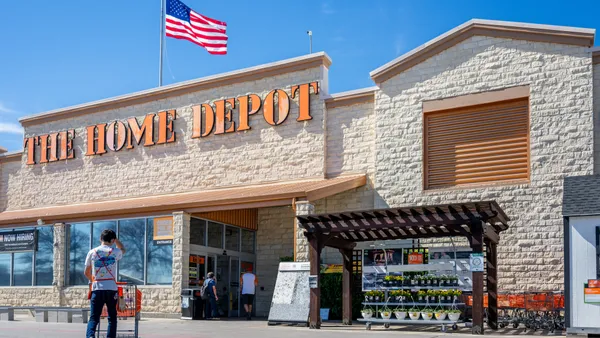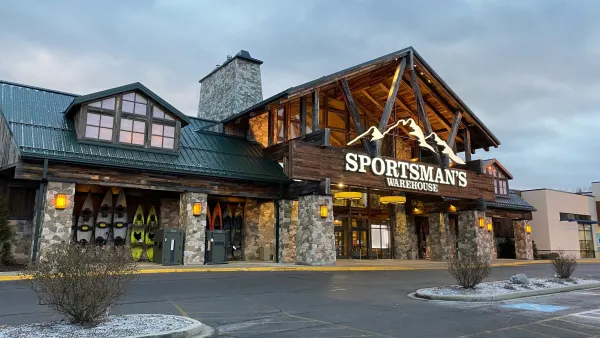At Foot Locker’s investor day last week, the company set its sights on exceeding $10 billion in revenue, which interim CFO Robert Higginbotham described as a “long-term ambition.”
“The path to get us there, again, is to simplify our business, invest in our core assets and capabilities, in order to drive sustainable growth,” Higginbotham said. “And what that means is that 2023 will be a reset year for us as we absorb changes to the business, exit certain businesses, optimize our store footprint and accelerate investments.”
Dubbed “Lace Up,” the new strategy is aimed at resetting Foot Locker’s business by focusing on four priorities: Expanding sneaker culture, refreshing its portfolio, deepening relationships with customers and improving its omnichannel operations. To do so, the retailer will increase its average annual capital expenditure run rate by more than $50 million over the next few years, with an emphasis on investing more in technology.
“Over the last decade, we have invested at a level below the industry benchmark,” Chief Operations Officer Elliott Rodgers said of the retailer’s tech investment. Rodgers noted that tech investment will now be at or above 3% of sales, and capital expenditure in the area will increase by 50% over the next four years.
“This acceleration will not only be an enabler of growth in our digital channels, but will create a more efficient, nimble and digitally enabled organization,” Rodgers said. “Our digital transformation will create a more agile, modern platform: The improvements will not be limited to technology. They will include improvements to our processes and ways of working.”
Changes include ditching legacy platforms in favor of more scalable architecture, switching to a more agile operating model to increase speed to market, and improving efficiency and flexibility in its supply chain network. The retailer moved from two centralized distribution centers to three regional distribution centers, so that now 95% of customers and Foot Locker stores are within two days of the company’s product.
Improvements to the retailer’s digital channels are also underway. Foot Locker is updating its website with personalized product recommendations, improved search and navigation, better product visuals and in-depth ratings and reviews, according to Peter Scaturro, senior vice president of strategic planning and growth. The retailer will also relaunch its mobile app to “drive energy, commerce and connectivity across our customer base.”
“In 2022, over 80% of our traffic came through mobile,” Scaturro said. “So our customer is telling us how and where they want to engage. It's on us to make sure that experience is immersive, drives loyalty and ultimately connects our customer to the category and the products that they love.”
Right now, Scaturro acknowledged, the retailer is “trailing the broader market” when it comes to digital penetration.
“We finished 2022 in the high teens, right around 17%, while much of our competitive set are in the 20s, and the broader marketplace is actually double that,” Scaturro said. “So there's a sizable gap for us to fill.”
Foot Locker’s omnichannel shoppers spend more than three times what its single-channel shoppers spend, but they account for just 7% of the retailer’s customer base.
“Many of our peers are two to three times higher than that,” Scaturro said.
To increase its omnichannel shopper base, the retailer is focused on growing digital sales and engagement. Foot Locker’s goal is to achieve 25% digital sales by 2026, or close to $2.5 billion.
“This is going to be a journey. It's not going to happen in one month or one quarter,” Scaturro said. “It's going to require a multiyear strategic roadmap across our technology and supply chain infrastructure to get us there. But we're confident that we can get there.”













